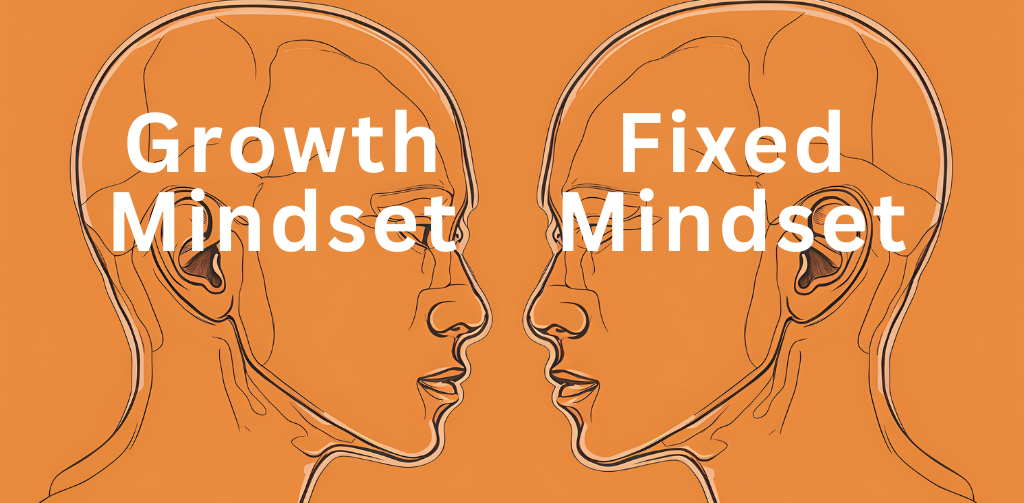[read-time]

Have you ever paused to ponder the profound impact your furniture choices have on your Personality Traits? The pieces you select to adorn your living spaces are not merely functional objects but powerful reflections of your innermost personality traits. From the sleek lines of a minimalist sofa to the cozy embrace of an overstuffed armchair, each item you choose speaks volumes about who you are and how you perceive yourself.
In this thought-provoking exploration, we delve into the intricate relationship between self-identity and furniture preferences, unveiling the hidden aspects of your personality that manifest through your aesthetic choices. Prepare to embark on a journey of self-discovery, where the seemingly commonplace act of furnishing your home becomes a revelatory experience.
Exploring the connection between furniture choices and personality color traits
Every individual possesses a unique blend of personality traits, and these traits often manifest themselves in our aesthetic preferences, including the colors we gravitate towards. The colors we choose for our furniture can reveal profound insights into our personalities, unveiling our emotional tendencies, cognitive styles, and even our approach to life.
For instance, those drawn to bold, vibrant hues like red or orange may exhibit traits of passion, energy, and a zest for life. In contrast, individuals who prefer cool tones like blue or green may possess a more serene and introspective nature, valuing harmony and balance.
By understanding the connection between color preferences and personality traits, we gain a deeper appreciation for how our furniture choices shape and reflect our self-identity.
The furniture choices within our professional settings can have a profound impact on our sense of self, productivity, and overall well-being.
Imagine a workspace adorned with sleek, modern pieces that exude efficiency and minimalism. Such an environment may resonate with individuals who value organization, focus, and a streamlined approach to their work. Conversely, a space filled with warm, inviting furniture and cozy accents could foster a sense of creativity and collaboration, aligning with those who thrive in nurturing and inclusive environments.
By recognizing the impact of our working environments on our self-identity, we can make informed decisions about the furniture choices that support our professional goals, enhance our productivity, and cultivate a harmonious relationship between our work and personal identities.
Link between personality color traits and our preferences
One of the most fascinating aspects of the connection between self-identity and furniture choices is the link between personality color traits and our preferences for certain hues and shades. Colors have a profound impact on our emotions, moods, and overall well-being, and our affinity for specific colors can reveal deep insights into our personalities.
- Red: Those drawn to the bold and vibrant hue of red may exhibit traits of passion, energy, and a zest for life. Red furniture choices can reflect a dynamic and confident personality.
- Blue: Individuals who gravitate towards shades of blue may possess a more serene and introspective nature, valuing harmony, stability, and calm. Blue furniture choices can create a sense of tranquility and relaxation.
- Green: The earthy tones of green are often associated with balance, growth, and a connection to nature. Those who prefer green furniture may exhibit traits of stability, resilience, and a desire for harmony with their surroundings.
- Yellow: The warm and cheerful hue of yellow can reflect a personality that is optimistic, energetic, and creative. Yellow furniture choices may appeal to those who value joy, positivity, and a sense of playfulness.
- Neutral tones: Individuals who gravitate towards neutral tones like beige, gray, or white may exhibit traits of simplicity, sophistication, and a desire for order and minimalism.
By exploring the link between personality color traits and furniture preferences, we can gain a deeper understanding of our own identities and make choices that resonate with our authentic selves.
Analyzing the OCEAN personality types and their furniture preferences
The OCEAN model, which stands for Openness, Conscientiousness, Extroversion, Agreeableness, and Neuroticism, is a widely recognized framework for understanding personality traits. Each of these dimensions can influence our furniture preferences and the way we perceive and interact with our living spaces.
- Openness: Those who score high on openness may gravitate towards eclectic, artistic, and unconventional furniture pieces that reflect their appreciation for creativity and novelty.
- Conscientiousness: Individuals with a strong sense of conscientiousness often prefer organized, structured, and functional furniture arrangements that promote efficiency and order.
- Extroversion: Extroverts may be drawn to furniture that facilitates social interaction, such as large seating areas or open-concept layouts that encourage gatherings and conversations.
- Agreeableness: Those who score high on agreeableness may prefer furniture that exudes warmth, comfort, and a welcoming ambiance, reflecting their desire for harmony and cooperation.
- Neuroticism: Individuals with higher levels of neuroticism may gravitate towards furniture that provides a sense of security and stability, such as sturdy, grounded pieces or cozy, enveloping designs.
By understanding the OCEAN personality types and their associated furniture preferences, we can gain valuable insights into our own self-identity and make more informed choices that align with our unique personalities.
The Takeaway
In this thought-provoking exploration, we have delved into the intricate relationship between self-identity and furniture choices, unveiling the hidden aspects of our personalities that manifest through our aesthetic preferences. From the colors we gravitate towards to the shapes and lines that resonate with us, our furniture choices serve as powerful reflections of our innermost selves.
As we conclude this journey, it becomes evident that embracing our unique self-identity is not only a path to self-acceptance but also a means to create living spaces that truly resonate with our authentic selves. By understanding the psychology behind our furniture choices and the connection to our personality traits, we can make informed decisions that foster a sense of belonging, comfort, and self-expression.
Remember, self-identity is a journey, and our furniture choices are milestones along that path, reflecting the ever-evolving facets of who we are. Embrace this journey with curiosity and self-awareness, and let your living spaces be a canvas upon which you paint the vibrant tapestry of your unique identity.
How to make new friends? Does Your Color Types Personality
[read-time] Knowing how to make new friends is a daunting task, especially as we get older and our social circles become…
The DISC Personality Test and The Personality Color Assessment: Uncovered
[read-time] The DISC personality test and The Personality Color Assessment are two popular tools that, despite their differing approaches, can be…
The Personality Color Assessment & The OCEAN Model (Big 5
[read-time] This article delves into how our personality color assessment aligns with the OCEAN Model – The Big 5 Personality Traits…
The Myers Briggs Personality Test and The Color Personality Test
The Color Personality Test categorizes individuals based on their preferred colors, associating these colors with specific personality traits. Understanding the…
The Power of Combining Colors Personality Assessment with Carol Dweck’s
[read-time] Table of ContentsIntroduction to motivation and mindset theoryIntroduction to personality assessments and their role in understanding oneselfCarol Dweck’s theory of…
Personality Color Assessment – What Exactly is it and Why
In this article you’ll learn 5 vital benefits of personality color assessments!…







